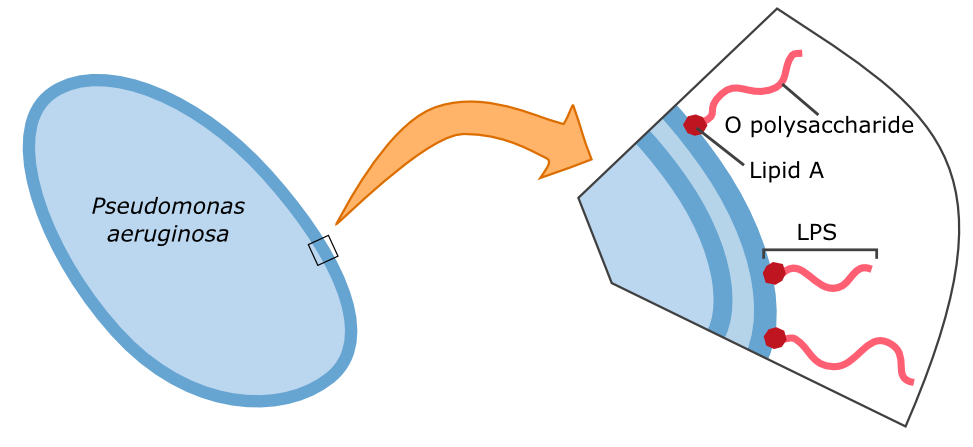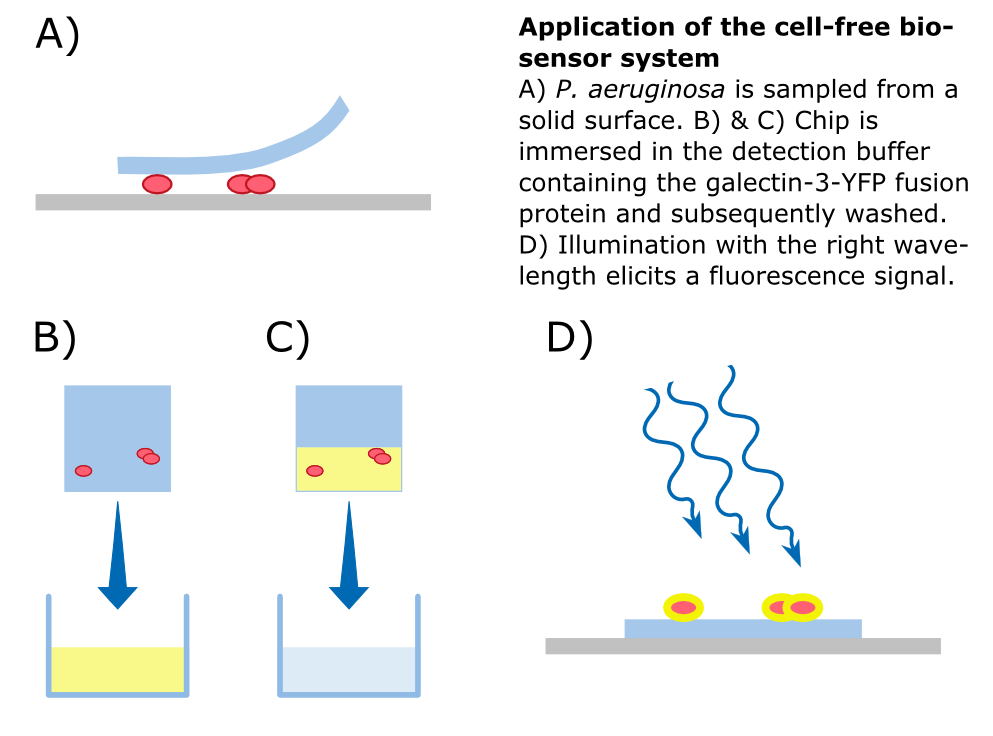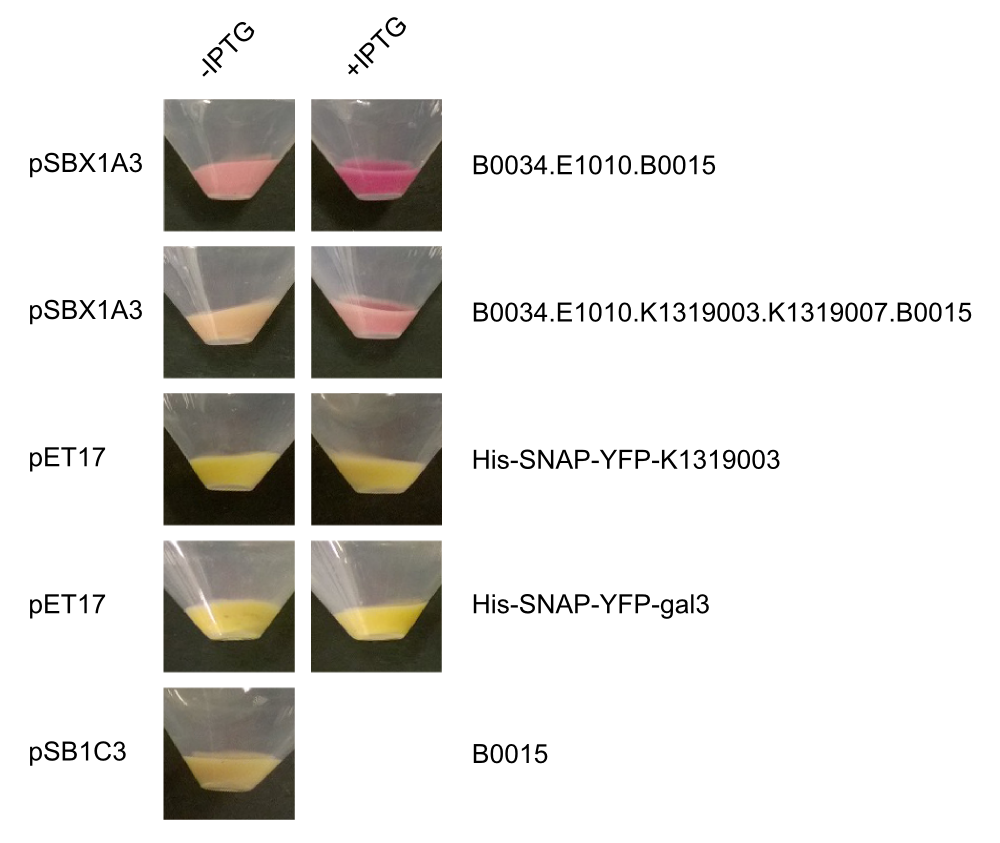Team:Aachen/Project/Gal3
From 2014.igem.org
AZimmermann (Talk | contribs) (→Galectin-3 - An Alternative Sensing Molecule) |
|||
| Line 1: | Line 1: | ||
__NOTOC__ | __NOTOC__ | ||
| + | {{CSS/Main}} | ||
| + | {{Team:Aachen/Stylesheet}} | ||
{{Team:Aachen/Header}} | {{Team:Aachen/Header}} | ||
| - | = Galectin-3 - An Alternative Sensing Molecule = | + | = Galectin-3 = |
| + | |||
| + | <html><ul class="team-grid"> | ||
| + | <!-- Overview --> | ||
| + | |||
| + | <li><a href="https://2014.igem.org/Team:Aachen/Project/Gal3#alternativesensing" style="color:black"> | ||
| + | <div class="team-item team-info" > | ||
| + | <br/><br/> | ||
| + | Summary of March | ||
| + | <br/><br/> | ||
| + | <!-- click for more information --> | ||
| + | </div> | ||
| + | <div class="team-item team-img" style="background: url(https://static.igem.org/mediawiki/2014/7/7a/Aachen_14-10-10_March_iFG.png); norepeat scroll 0% 0% transparent; background-size:100%"> </div></a> | ||
| + | </li> | ||
| + | |||
| + | <li><a href="https://2014.igem.org/Team:Aachen/Project/Gal3#naturalfunctions" style="color:black"> | ||
| + | <div class="team-item team-info" > | ||
| + | <br/><br/> | ||
| + | Summary of April | ||
| + | <br/><br/> | ||
| + | <!-- click for more information --> | ||
| + | </div> | ||
| + | <div class="team-item team-img" style="background: url(https://static.igem.org/mediawiki/2014/2/2d/Aachen_14-10-10_April_iFG.png); norepeat scroll 0% 0% transparent; background-size:100%"> </div></a> | ||
| + | </li> | ||
| + | |||
| + | <li><a href="https://2014.igem.org/Team:Aachen/Project/Gal3#gal3achievements" style="color:black"> | ||
| + | <div class="team-item team-info" > | ||
| + | <br/><br/> | ||
| + | Yeah we did some work here | ||
| + | <br/><br/> | ||
| + | <!-- click for more information --> | ||
| + | </div> | ||
| + | <div class="team-item team-img" style="background: url(https://static.igem.org/mediawiki/2014/6/67/Aachen_14-10-10_May_iFG.png); norepeat scroll 0% 0% transparent; background-size:100%"> </div></a> | ||
| + | </li> | ||
| + | </ul></html> | ||
| + | |||
| + | {{Team:Aachen/BlockSeparator}} | ||
| + | |||
| + | == An Alternative Sensing Molecule == | ||
| + | <span class="anchor" id="alternativesensing"></span> | ||
{{Team:Aachen/Figure|Aachen_14-10-09_Pseudomonas_LPS_iNB.png|align=left-float|title=Cell wall composition of ''Pseudomonas aeruginosa''|subtitle=Gram-negative bacteria, such as ''P. aeruginosa'' have two cell membranes. The LPS are embedded in the outer membrane and are composed of a lipid and an O polysaccharide. The O polysaccharide can be recognized by galectin-3.|width=400px}} | {{Team:Aachen/Figure|Aachen_14-10-09_Pseudomonas_LPS_iNB.png|align=left-float|title=Cell wall composition of ''Pseudomonas aeruginosa''|subtitle=Gram-negative bacteria, such as ''P. aeruginosa'' have two cell membranes. The LPS are embedded in the outer membrane and are composed of a lipid and an O polysaccharide. The O polysaccharide can be recognized by galectin-3.|width=400px}} | ||
| Line 19: | Line 60: | ||
= Natural Functions of Galectin-3 = | = Natural Functions of Galectin-3 = | ||
| + | <span class="anchor" id="naturalfunctions"></span> | ||
| + | |||
Galectins are proteins of the lectin family, which '''posess carbonhydrate recognition domains''' binding specifically to β-galactoside sugar residues. In humans, 10 different galectines have been identified, among which is galectin-3. | Galectins are proteins of the lectin family, which '''posess carbonhydrate recognition domains''' binding specifically to β-galactoside sugar residues. In humans, 10 different galectines have been identified, among which is galectin-3. | ||
| Line 31: | Line 74: | ||
= Achievements = | = Achievements = | ||
| + | <span class="anchor" id="gal3achievements"></span> | ||
The galectin-3-YFP fusion protein part was successfully built and transformed into E. coli rosetta. The cells were cultivated in a fermentation during which the fusion protein was expressed. Subsequently, the fusion protein was purified using the binding of the his-tag to a nickel NTA column and a äkta protein purification system. | The galectin-3-YFP fusion protein part was successfully built and transformed into E. coli rosetta. The cells were cultivated in a fermentation during which the fusion protein was expressed. Subsequently, the fusion protein was purified using the binding of the his-tag to a nickel NTA column and a äkta protein purification system. | ||
Revision as of 07:52, 13 October 2014
|
|
|
|
 "
"


